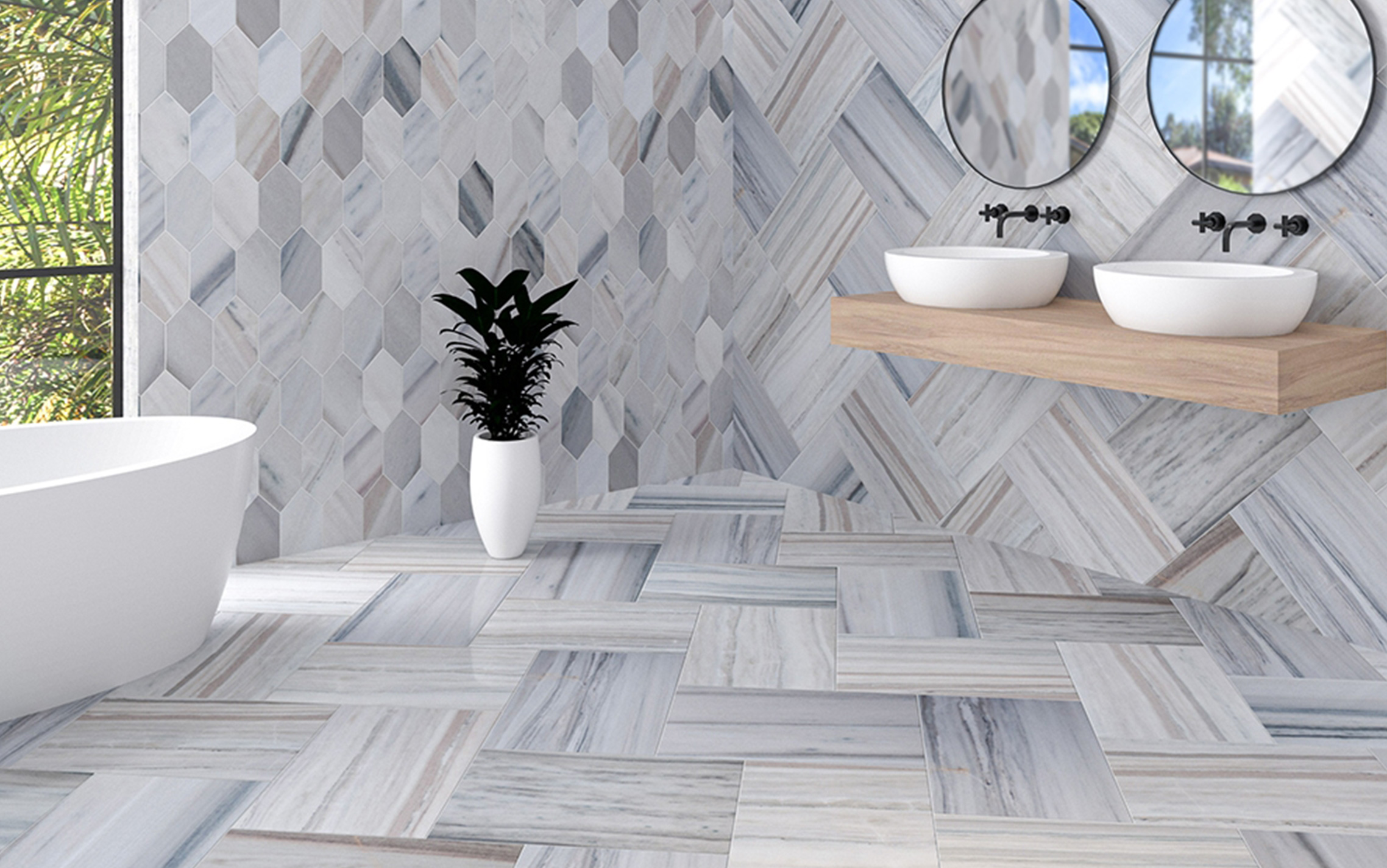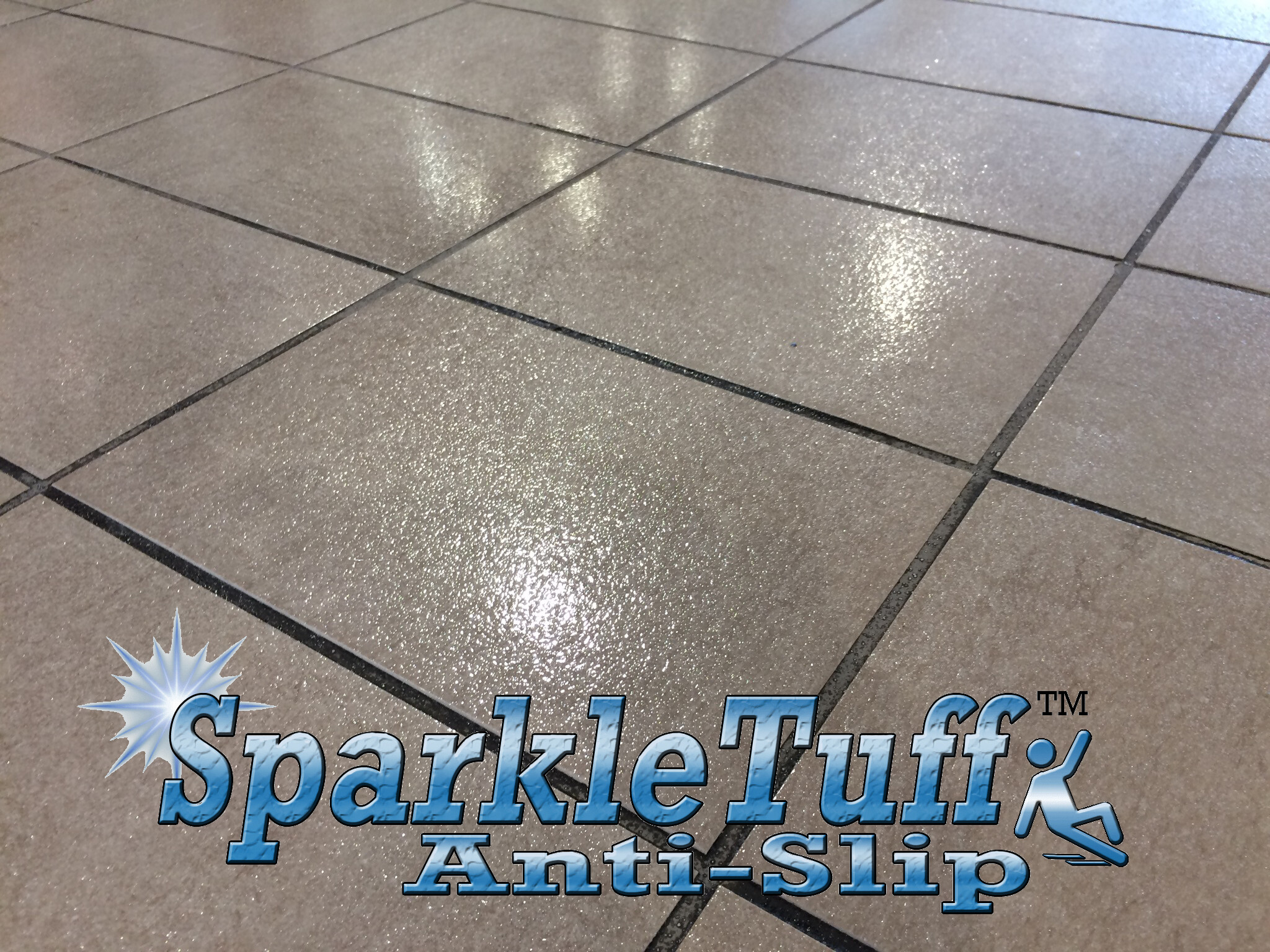Types of Anti-Slip Bathroom Flooring
Yo, so you wanna make sure your bathroom ain’t a slip-and-slide, right? Well, choosing the right flooring is key. We’re gonna break down the different types of anti-slip bathroom flooring, their pros and cons, and some cool examples.
Ceramic Tiles, Anti slip bathroom floor
Ceramic tiles are like the OG of bathroom flooring, they’re super durable, come in a million different styles, and can be super affordable. They’re also pretty easy to clean. But, they can get slippery when wet, especially if they’re glazed or polished. To make them anti-slip, look for textured tiles, embossed tiles, or tiles with a matte finish. Some examples of anti-slip ceramic tiles are those with a rough surface, like those with small bumps or grooves, or those with a matte finish that doesn’t reflect light.
Porcelain Tiles
Porcelain tiles are like ceramic tiles’ cooler cousin. They’re even more durable and water-resistant, making them perfect for high-traffic areas. Porcelain tiles can also be found in a variety of styles and colors, and they can be made with anti-slip properties. For example, porcelain tiles with a textured surface or a matte finish are known to be more slip-resistant.
Natural Stone
Natural stone, like marble, granite, and slate, adds a touch of elegance to any bathroom. It’s also super durable and can last for years. But, natural stone can be expensive and requires regular maintenance. Plus, some types of natural stone can be slippery when wet. To combat this, you can choose a stone with a rough surface or apply a non-slip coating. Examples of anti-slip natural stone include slate tiles with a rough surface or textured granite tiles.
Vinyl
Vinyl flooring is a super affordable and easy-to-install option that comes in a wide variety of colors and patterns. It’s also water-resistant and easy to clean. Some vinyl flooring is specifically designed to be anti-slip, with a textured surface or a non-slip coating. These types of vinyl flooring are a great option for bathrooms because they are durable, easy to clean, and come in a variety of styles.
Rubber
Rubber flooring is known for its slip resistance and durability. It’s also comfortable underfoot and can absorb sound. Rubber flooring is a great option for bathrooms, especially for those with young children or elderly people. It’s also a good choice for areas that get a lot of foot traffic.
Anti-Slip Bathroom Flooring Installation

Installing anti-slip bathroom flooring is like building a solid foundation for a safe and stylish bathroom. It’s all about prepping the surface, laying the tiles properly, and sealing everything up tight.
Substrate Preparation
Before you start laying tiles, you gotta make sure the foundation is strong. This means prepping the subfloor. It should be level, clean, and free of any debris or loose materials. If the subfloor isn’t smooth, you can use self-leveling compound to even it out.
Tile Laying
Laying tiles is like a puzzle, but with a lot more sticky stuff. You need to use a high-quality adhesive that’s specifically designed for anti-slip tiles. This ensures a strong bond that won’t let the tiles slide around.
Grout Application
Grout is like the glue that holds the tiles together, filling in the gaps between them. Use a grout that’s specifically designed for anti-slip flooring, as it’s more durable and resistant to moisture.
Sealing
Sealing is like putting on a protective layer for your tiles. It helps prevent water and dirt from seeping into the grout and tiles, keeping them clean and looking good for longer.
It’s important to use a sealant that’s compatible with your tile and grout. Check the manufacturer’s instructions to ensure you’re using the right sealant for your specific flooring.
Safety Considerations for Anti-Slip Bathroom Flooring: Anti Slip Bathroom Floor

Safety is paramount, especially in a bathroom where water and slippery surfaces are common. Choosing the right anti-slip flooring can significantly reduce the risk of slips and falls. Here’s what you need to know to make an informed decision.
Coefficient of Friction (COF) Ratings
The COF rating is a measure of the friction between two surfaces, indicating how resistant they are to slipping. Higher COF ratings signify greater resistance to slipping. When choosing anti-slip bathroom flooring, look for materials with a COF rating of 0.4 or higher, as recommended by the American Society for Testing and Materials (ASTM).
The COF rating is determined by a standardized test method, such as the “ASTM F413 Standard Test Method for Static Coefficient of Friction for Walking Surfaces”.
Slip Resistance Testing
While COF ratings are a good starting point, they don’t tell the whole story. Independent slip resistance testing, like the “Pendulum Test” or “Ramp Test,” provides more comprehensive data on a material’s slip resistance under various conditions, including wet surfaces.
The Pendulum Test uses a pendulum to measure the friction between the test surface and a rubber slider. The Ramp Test measures the angle at which a test object starts to slide on the surface.
Compliance with Safety Standards
Ensure that the anti-slip bathroom flooring you choose complies with relevant safety standards, such as the Occupational Safety and Health Administration (OSHA) guidelines or the Americans with Disabilities Act (ADA). These standards set minimum requirements for slip resistance and other safety features.
The ADA requires that public bathrooms have flooring with a minimum COF rating of 0.6.
Regular Maintenance and Cleaning
Anti-slip flooring is only effective if it’s properly maintained and cleaned. Dirt, soap residue, and other debris can accumulate on the surface, reducing its slip resistance. Regular cleaning with appropriate cleaning agents will help maintain the effectiveness of your anti-slip flooring.
Safety Precautions for Bathroom Users
In addition to choosing the right flooring, there are other safety precautions bathroom users can take to prevent slips and falls:
- Use non-slip mats or bath mats in areas where water may accumulate, such as the shower or bathtub.
- Install grab bars near the bathtub or shower to provide additional support when getting in and out.
- Ensure adequate lighting in the bathroom to improve visibility and reduce the risk of tripping.
- Avoid running or playing in the bathroom, as this can increase the risk of slips and falls.
